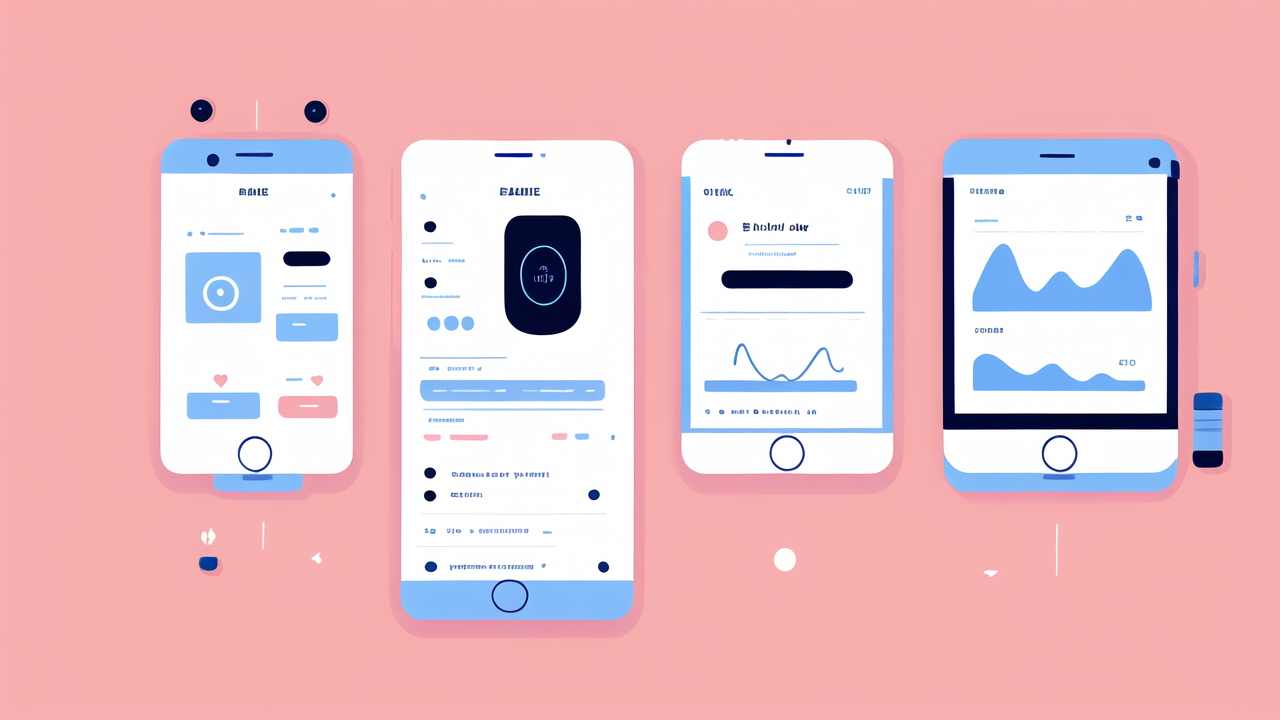Understanding the Current Wearable Tech Landscape in the United States
The Rise of Health and Wellness Wearables
Wearable technology has come a long way since the early days of simple pedometers. Today, health and wellness wearables are more popular than ever. These devices track various aspects of our health and fitness.

The market has seen rapid growth in recent years. Consumers are becoming more health-conscious. They want to monitor their daily activities and overall well-being. This has led to a surge in demand for wearable devices.
Many wearables now offer features beyond step counting. They can track heart rate, sleep patterns, and even stress levels. Some advanced models can even detect falls or irregular heartbeats. This evolution has made wearables an essential part of many people's daily lives.
Key Players and Market Leaders
The wearable technology market is dominated by several key players. These companies continue to innovate and improve their products. Some of the major brands include:
- Fitbit
- Apple
- Garmin
- Samsung
- Xiaomi
Fitbit was one of the early pioneers in the fitness tracker market. They offer a wide range of devices for different needs. Apple's Apple Watch has become a popular choice for iOS users. It combines fitness tracking with smartwatch features.
Garmin is known for its GPS technology and rugged devices. They cater to serious athletes and outdoor enthusiasts. Samsung offers a variety of wearables that work well with Android phones. Xiaomi has gained popularity with its affordable yet feature-rich devices.
Wearable Technology Adoption and Consumer Trends
The adoption of wearable technology has been steadily increasing in the United States. More people are recognizing the benefits of these devices. They use them to monitor their health and stay motivated to achieve their fitness goals.
Some key trends in wearable technology adoption include:
- Increased focus on overall health monitoring
- Integration with smartphones and other devices
- Growing interest in sleep tracking
- Rising popularity of smartwatches
Consumers are looking for devices that offer more than just basic fitness tracking. They want comprehensive health monitoring tools. This includes features like stress management and women's health tracking.
Technological Advancements in Wearable Activity Trackers
Innovations in Activity Measurement and Data Analysis
Wearable activity trackers have come a long way in terms of measurement accuracy. Early devices relied on simple accelerometers to count steps. Now, they use complex algorithms and multiple sensors for better results.

Modern trackers can measure a wide range of activities. This includes swimming, cycling, and even strength training. They use GPS for accurate distance tracking during outdoor activities. Some devices can automatically detect and categorize different types of exercises.
Data analysis has also improved significantly. Apps now provide detailed insights into your fitness levels. They can show trends over time and offer personalized recommendations. Some even use machine learning to predict future health outcomes based on your data.
The Integration of AI and Machine Learning
Artificial intelligence and machine learning are changing the game for wearable technology. These technologies are making devices smarter and more personalized. They can learn from your habits and provide tailored advice.
AI-powered features in wearables include:
- Personalized workout recommendations
- Advanced sleep analysis
- Stress detection and management tips
- Early warning signs for potential health issues
Machine learning algorithms can identify patterns in your data. This helps in providing more accurate and relevant insights. It can also help in detecting anomalies that might indicate health problems.
The Impact of 5G on Wearable Connectivity
The rollout of 5G networks is set to revolutionize wearable technology. It will enable faster and more reliable connections between devices. This will lead to new possibilities in real-time health monitoring and data analysis.
With 5G, wearables can transmit large amounts of data quickly. This allows for more continuous monitoring and faster responses to health issues. It also enables better integration with other smart devices and healthcare systems.
Some potential benefits of 5G for wearables include:
- Real-time health monitoring and alerts
- Improved accuracy through constant data syncing
- Enhanced virtual and augmented reality experiences
- Better integration with smart home devices
The Future of Wearable Technology in Health and Wellness
Predictive Health and Wearable Devices
The future of wearable technology lies in predictive health. These devices will not just track our current health status. They will also be able to predict potential health issues before they occur.

Wearables are collecting vast amounts of data about our bodies. This data can be used to identify early warning signs of diseases. For example, changes in heart rate patterns might indicate an upcoming heart problem.
Some areas where predictive health is showing promise include:
- Early detection of chronic diseases
- Personalized health recommendations
- Monitoring of medication effectiveness
- Prevention of sports injuries
As these technologies advance, wearables could become an essential tool for preventive healthcare. They could help us take proactive steps to maintain our health and prevent diseases.
The Role of Wearable Tech in Remote Monitoring and Telemedicine
Wearable technology is playing an increasingly important role in remote health monitoring. It allows healthcare providers to keep track of patients' health from afar. This is particularly useful for managing chronic conditions and elderly care.
Telemedicine has become more popular, especially during the COVID-19 pandemic. Wearables can provide doctors with real-time health data during virtual consultations. This helps in making more informed decisions about patient care.
Some ways wearables are enhancing remote monitoring and telemedicine:
- Continuous monitoring of vital signs
- Medication adherence tracking
- Fall detection for elderly patients
- Remote management of chronic conditions
As these technologies improve, they could significantly reduce the need for in-person doctor visits. This could make healthcare more accessible and convenient for many people.
Ethical Considerations and Data Privacy in the Wearable Industry
As wearable devices collect more personal health data, ethical concerns and privacy issues are becoming more important. There are questions about who owns this data and how it should be protected.
Companies need to be transparent about how they collect and use data. Users should have control over their personal information. There are also concerns about the accuracy of data and its use in medical decisions.
Some key ethical and privacy considerations include:
- Data security and protection against breaches
- Informed consent for data collection and use
- Potential for discrimination based on health data
- Accuracy and reliability of wearable data for medical use
As the industry grows, it will be crucial to address these concerns. This will help ensure that wearable technology continues to benefit users while protecting their rights and privacy.




Leave a comment
This site is protected by hCaptcha and the hCaptcha Privacy Policy and Terms of Service apply.